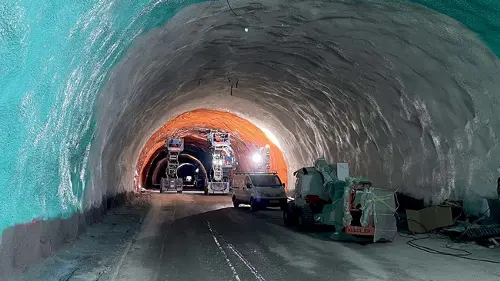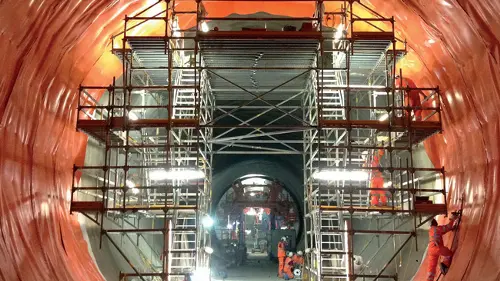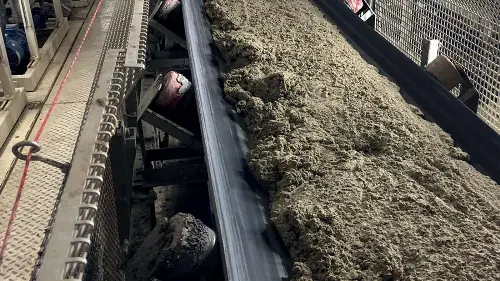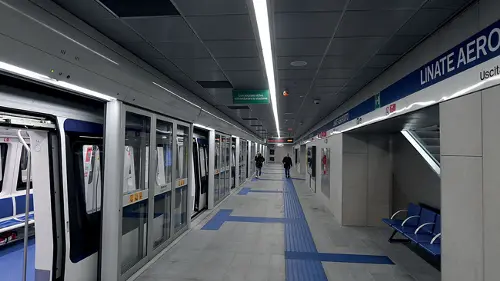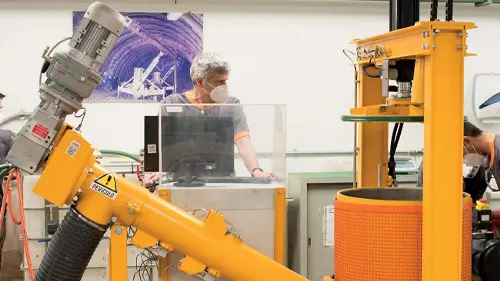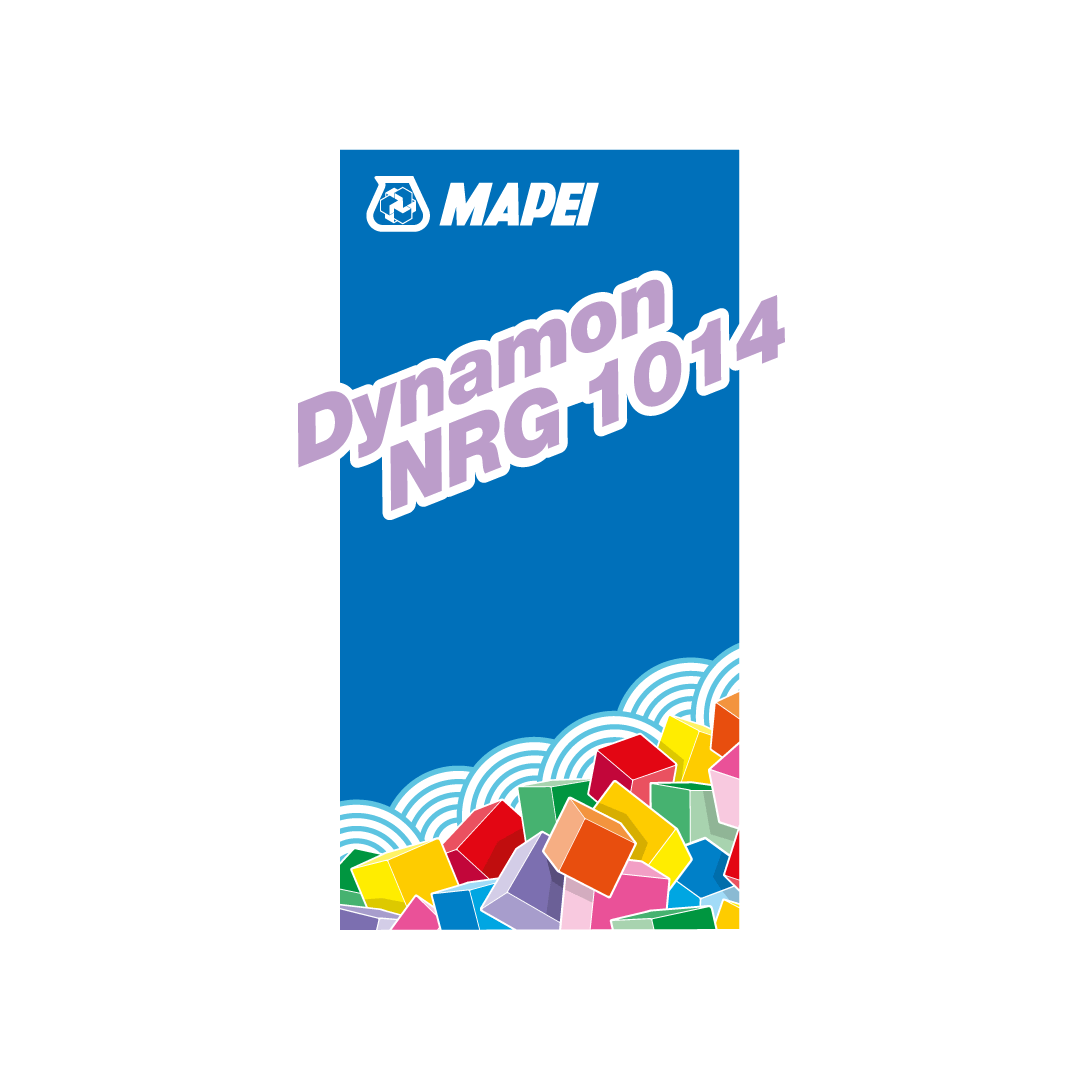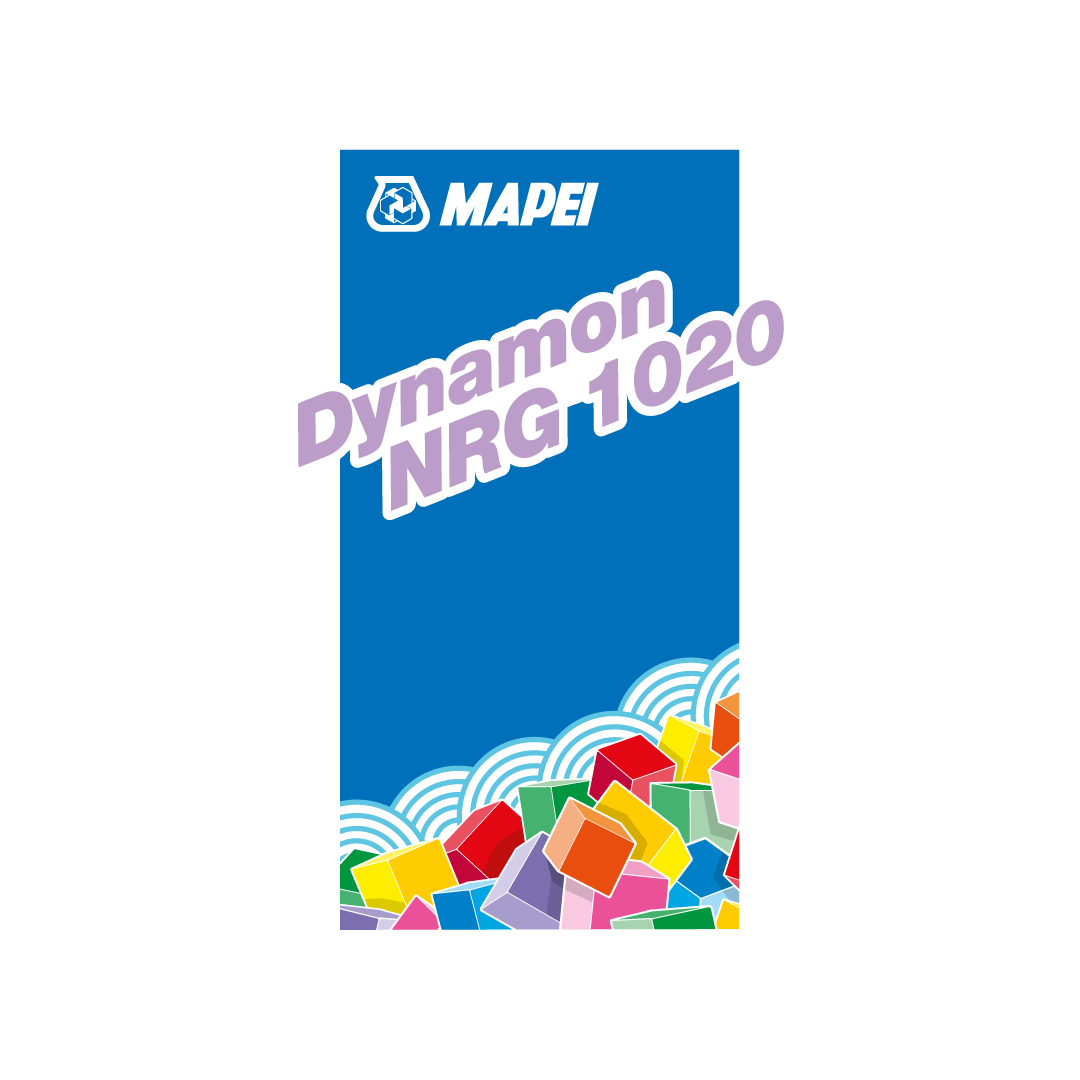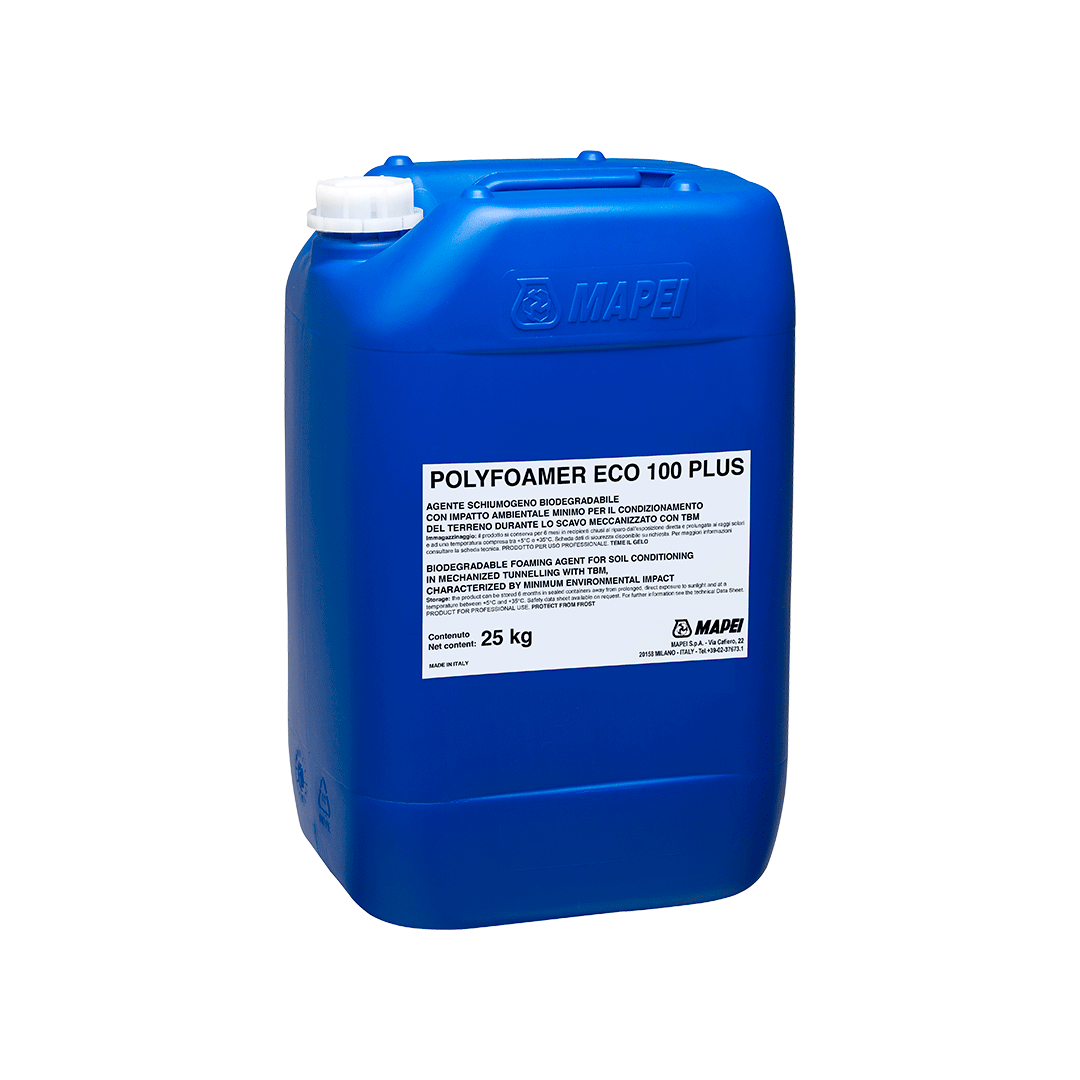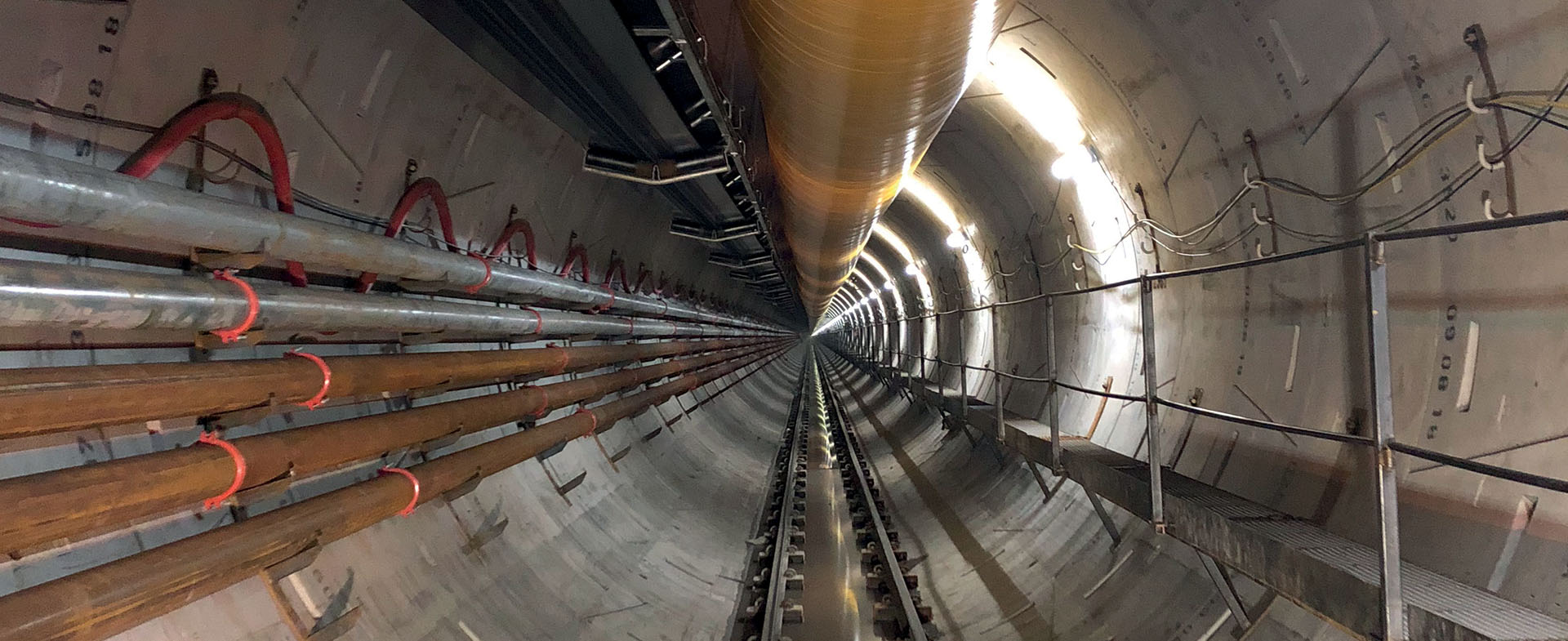
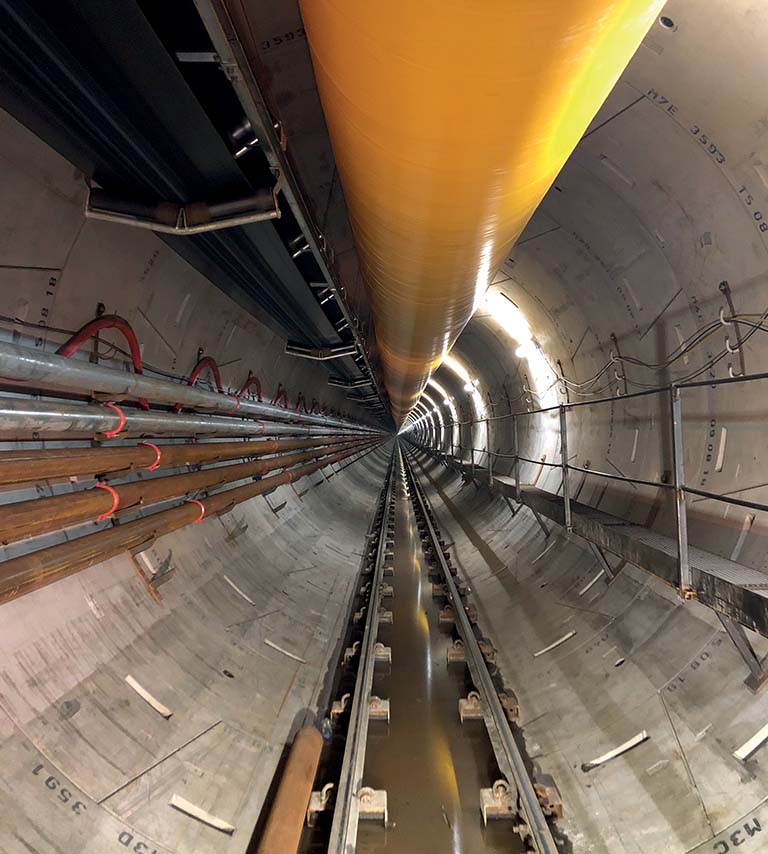
Matanza-Riachuelo Basin in Buenos Aires (Argentina)
Technical and environmental challenges for tunnelling work using EPB-TBM technology.
Technical and environmental challenges for tunnelling work using EPB-TBM technology.
The Sustainable Development of the Matanza-Riachuelo Basin-Lot 3 project
The Sustainable Development of the Matanza-Riachuelo Basin-Lot 3 project is part of a vast hydraulic plan of works developed in Buenos Aires to treat wastewater and then discharge it into River Rio de la Plata to increase the sewer capacity of this metropolis with a population of 14 million.
Lot 3 is divided into three parts: the main upstream wells going down to a depth of 50 m, a 12 km-long sub-fluvial discharge tunnel and 34 risers. The 12 km tunnel was bored out using an EPB (Earth Pressure Balance)-TBM (Tunnel Boring Machine) with a diameter of 5.2 m in particularly complex geotechnical and hydrological conditions.
This can be considered one of the most complex tunnelling projects in the world because of its geographical location and the technical challenges encountered on site. The excellent collaboration between the contractor’s staff and the Mapei UTT team enabled the challenges of the project to be successfully overcome, from production of the segments to soil conditioning and injection of materials for TBM operations.
Thanks to the use of POLYFOAMER ECO 100 PLUS, it was possible to minimise the impact of the project on the conditioned soil while also promoting its re-use as a by-product.
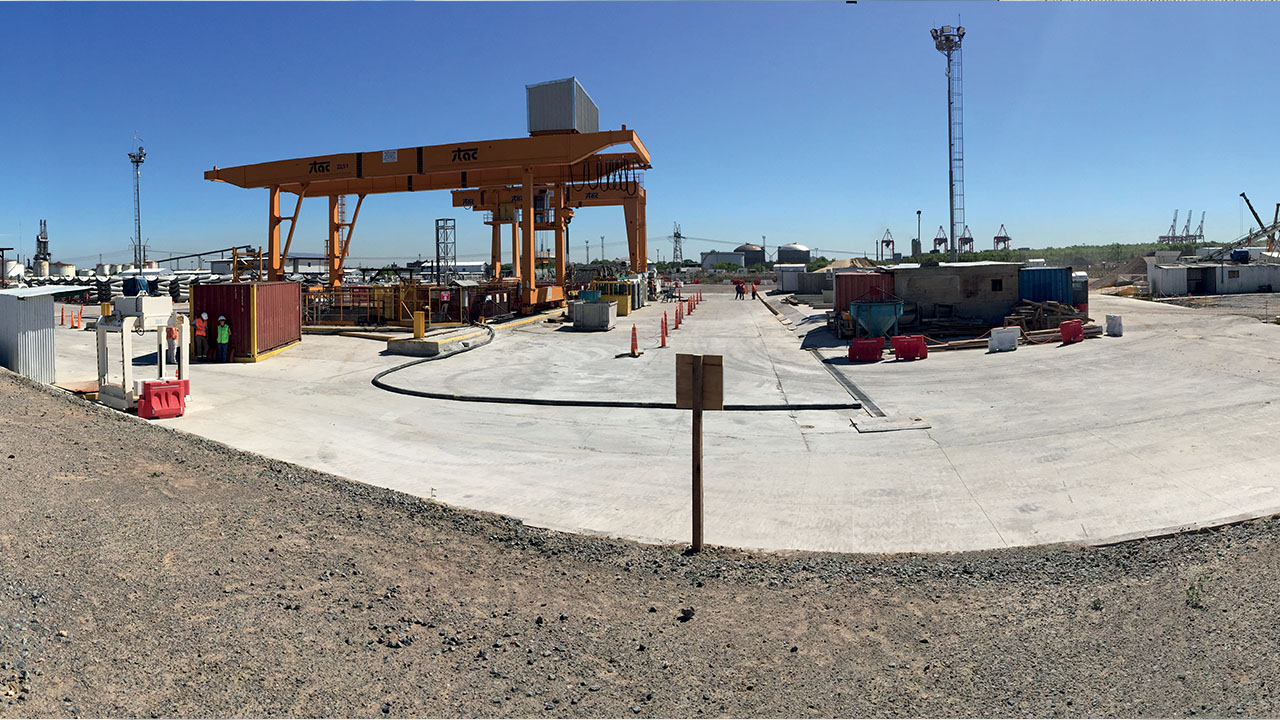
Environmental challenges
The design and construction phases of the discharge tunnel were characterised by numerous technical challenges and environmental restrictions because of the project’s configuration and geographical location.
The geology around the site of the tunnel is comprised of sand and clay deposits.
Going into detail, the geological formations encountered were:
- Puelche-type formations: highly permeable, mainly mono-granular sand-based deposits;
- Post-Pampean formations: particularly soft clay and silt formations.
The tunnel was mainly bored out through Puelche-type formations, the characteristics of which presented a particularly difficult scenario in terms of both soil conditioning and the injection of fillers. The main significant benefit of this project is that the sewer pipes do not discharge into River Riachuelo (also called "Rio Matanza") and later on into Rio de La Plata, which means a reduction in the amount of pollution.
To support this initiative, special chemical products had to be chosen to minimise the impact that the construction of the tunnel would have on the environment.
Technical challenges
During construction of the entire discharge tunnel, the TBM had to operate under a counter-pressure of more than 4 bar,
very close to the limit of EPB technology.
To meet this critical design requirement, the foaming agent used to condition the soil, and the parameters adopted for its application, played a key role in the success of the TBM operations.
The lining for the tunnel had a number of critical aspects: high net internal pressure, peak flow speeds of more than 25 m3/s, service life of more than 100 years, etc.
As a result, production of the segments and development of the mix-design for the concrete were extremely important aspects for the final quality of the lining.
Conditioning soil with Polyfoamer Eco 100 Plus
Right from the initial phases of the project, the Mapei Underground Technology Team (UTT) worked in close collaboration with the design engineers and main contractor to choose the most suitable solutions for the project and provided technical support to help manage tunnel construction operations.
The foaming agent POLYFOAMER ECO 100 PLUS was chosen to condition the soil during the EPB-TBM tunnelling operations and it was successfully used for the entire progress of the tunnel, through both the Puelche sand formations and, again, when the areas in clay and silt were encountered.
The use of POLYFOAMER ECO 100 PLUS is an important innovation in the soil conditioning sector, thanks to its low toxicity and rapid biodegradation.
By using and varying the parameters for this product, it was possible to maintain a high rate of advancement with TBM operations in all the geological conditions encountered.
Thanks to the extremely low environmental impact of POLYFOAMER ECO 100 PLUS, the soil removed was then re-used as filler material at an industrial park to promote the growth of vegetation.
Filling the annular void with Mapequick CBS System 1
The TBM used to dig the discharge tunnel was also equipped with a system to inject traditional one-component mortar to fill the annular void between the segments and the ground.
As is well known from technical literature and practical experience, this filler technology is highly sensitive to the availability and quality of the raw materials, as well as to the mix-design. To fulfil this need, Mapei proposed MAPEQUICK CBS SYSTEM 1, a liquid retarding agent with plasticizing effect which inhibits the setting times of cementitious mixes for long periods: its use allows to achieve workability up to 72 hours after the mix batching. Constant monitoring of the characteristics of its ingredients (cement, sand, fly-ash) and constant adjustment of the dosage rates of MAPEQUICK CBS SYSTEM 1 was just a part of daily on-site activities. Technicians from the contractor’s quality department and the international Mapei UTT team worked together to fully meet project requirements and guarantee the right amount of mortar was injected into the TBM.
Producing concrete segments with Mapei admixtures
The same level of technical cooperation was implemented to develop the correct mix-design for the concrete used to manufacture the segments. The super-plasticising admixtures DYNAMON NRG 1014 and DYNAMON NRG 1022 were used, along with MAPEPLAST SF mineral addition based on densified silica-fume with pozzolanic action. These products were chosen due to their high technical performances and compatibility with local raw materials.







